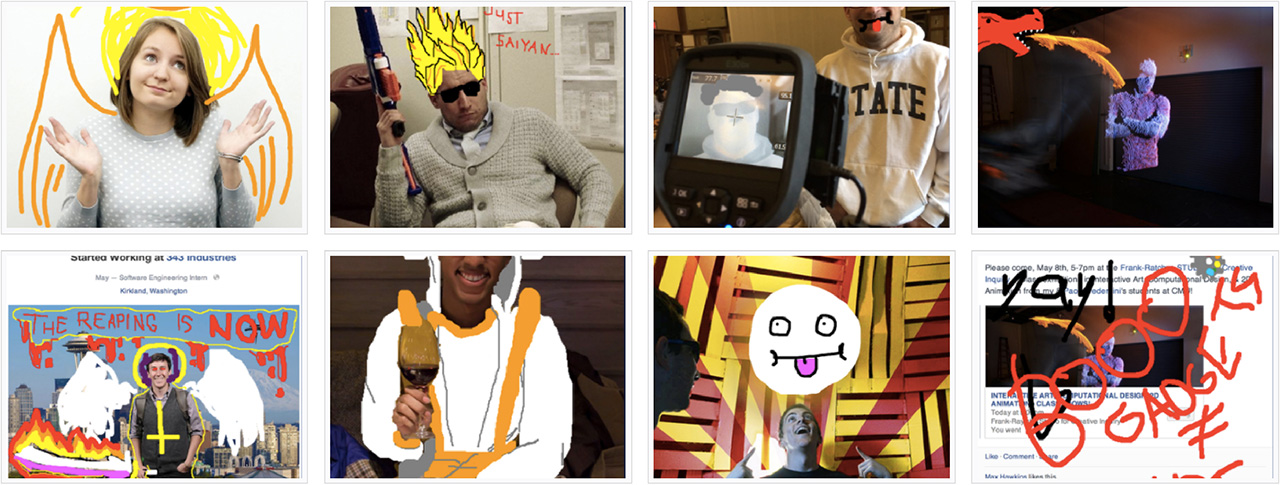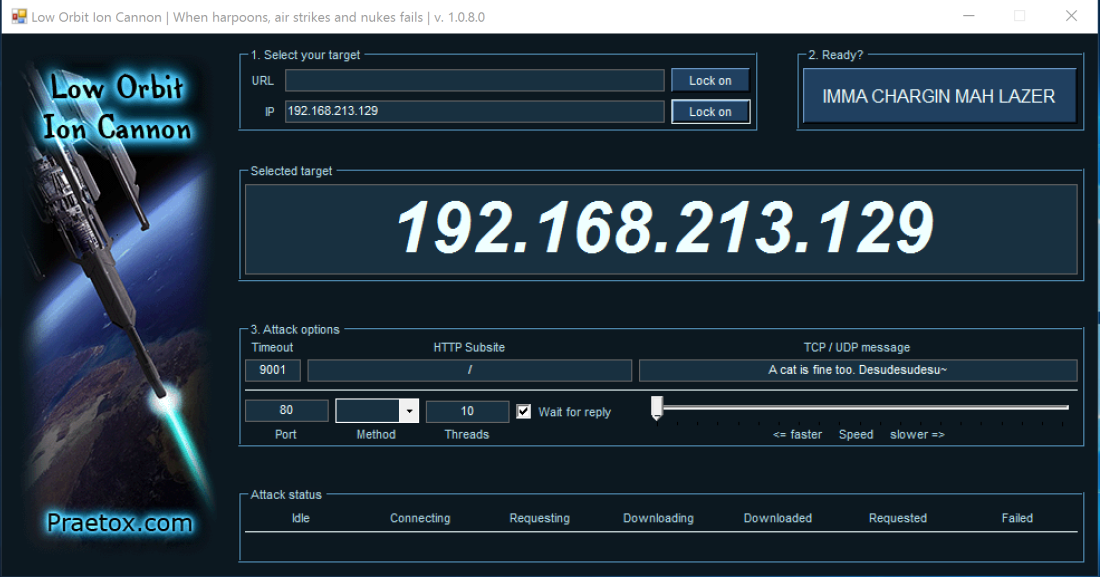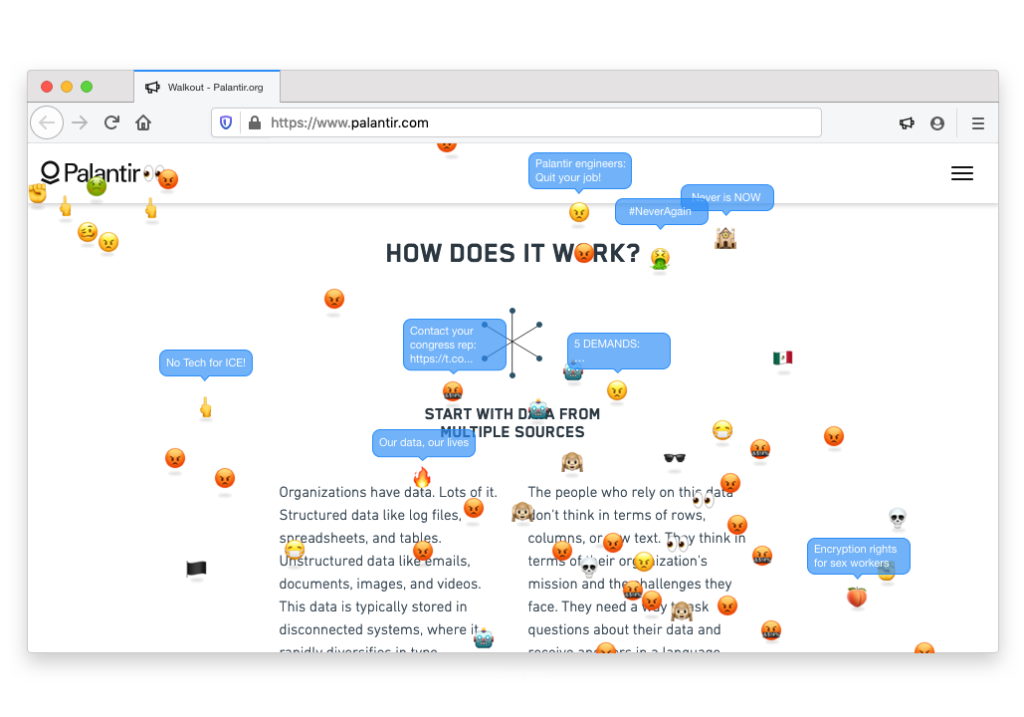By Emma Ogiemwanye and Kelly Wagman
Thirty-five years ago, scholar Donna Haraway released a paradigm-shifting text: The Cyborg Manifesto. Within it, she questions the boundaries we have fashioned in the material world–animal and man, man and machine, physical and nonphysical. She explores how our shared imaginary can expand to include femininity in the realm of technology. Radical thinkers, artists, and feminists have rallied around and carried forward these ideas. Our project aims to hold space for them by exploring the following questions through online platform design:
How might we hold space for creativity online?
How might we think about technology outside patriarchal and capitalist frameworks?
How might we build a platform that is antithetical to the dominant logics of extractive design?
With these questions in mind, we propose to erect a Temple to the Cyborg Goddess: a digital sacred space that does not ask visitors and members to endlessly scroll but rather, visit, ambiently explore and intentionally congregate around ephemeral online moments. We wish to provide a balm to the unhealthy practices of design driven by profit. The Temple will have an explicit zero tolerance policy for bigotry and hate speech of any kind that will be strongly enforced to make it a safe space for all.
The Temple will contain a Sanctuary, Gallery and Vision Wall. The Sanctuary will be a space of congregation with events scheduled at a regular weekly interval, much like a Sunday service. The Gallery will be a monthly rotation of artists’ works around a changing theme. The Vision Wall, inspired by the walls and trees of fortune telling paper in Japanese Shinto shrines, is a space to anonymously share hopes, dreams, fears and ideas.
An exciting aspect of this project is that we cannot foretell who our community will include. We are rallying around the imaginary of the Cyborg Goddess and expecting that it will draw a range of people familiar with and inspired by the concept. We plan to gain momentum by working with an initial group of artists to form the Cyborg Goddess Guild.
We envision The Guild it to be a community of artists, thinkers, futurists and dreamers who together hold space to imagine how technology fits into a world that rises above neoliberal capitalist impulses and fights for deep connections, frivolous wandering, ambient appreciation, and far-reaching questions.
We prefer to build a subscription model to sustain the site rather than using advertising. Just like physical sacred space is open to everyone, we will have public programming and open days to visit the Temple site.



